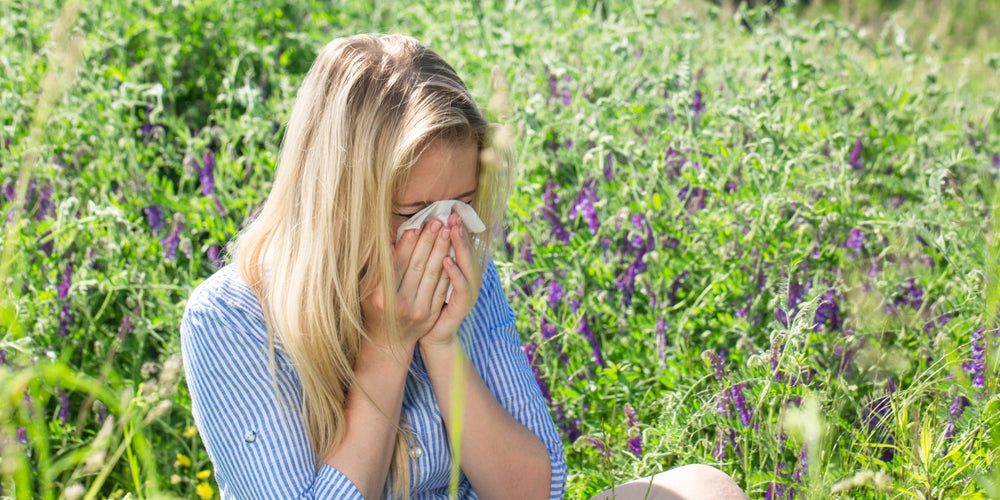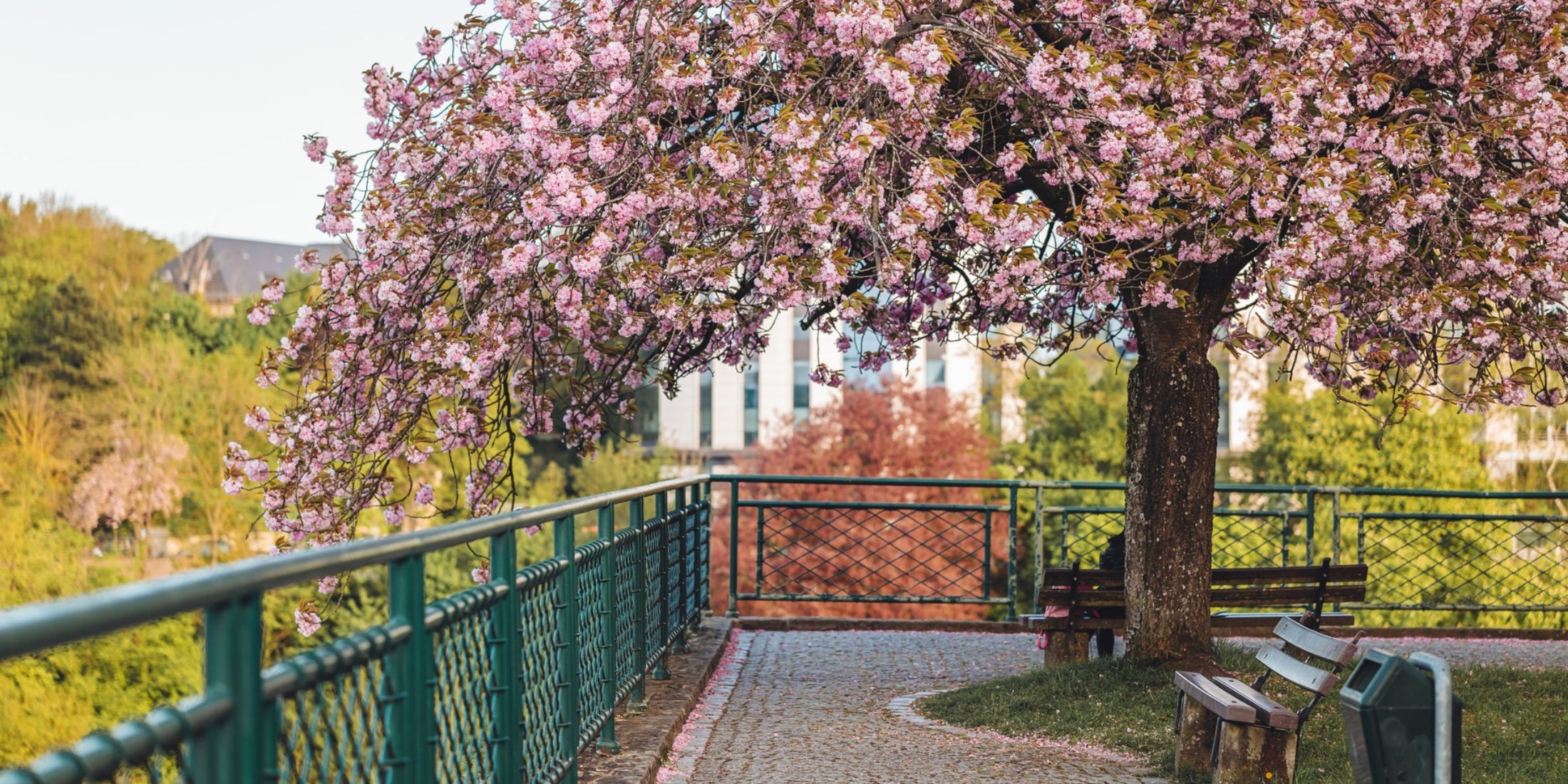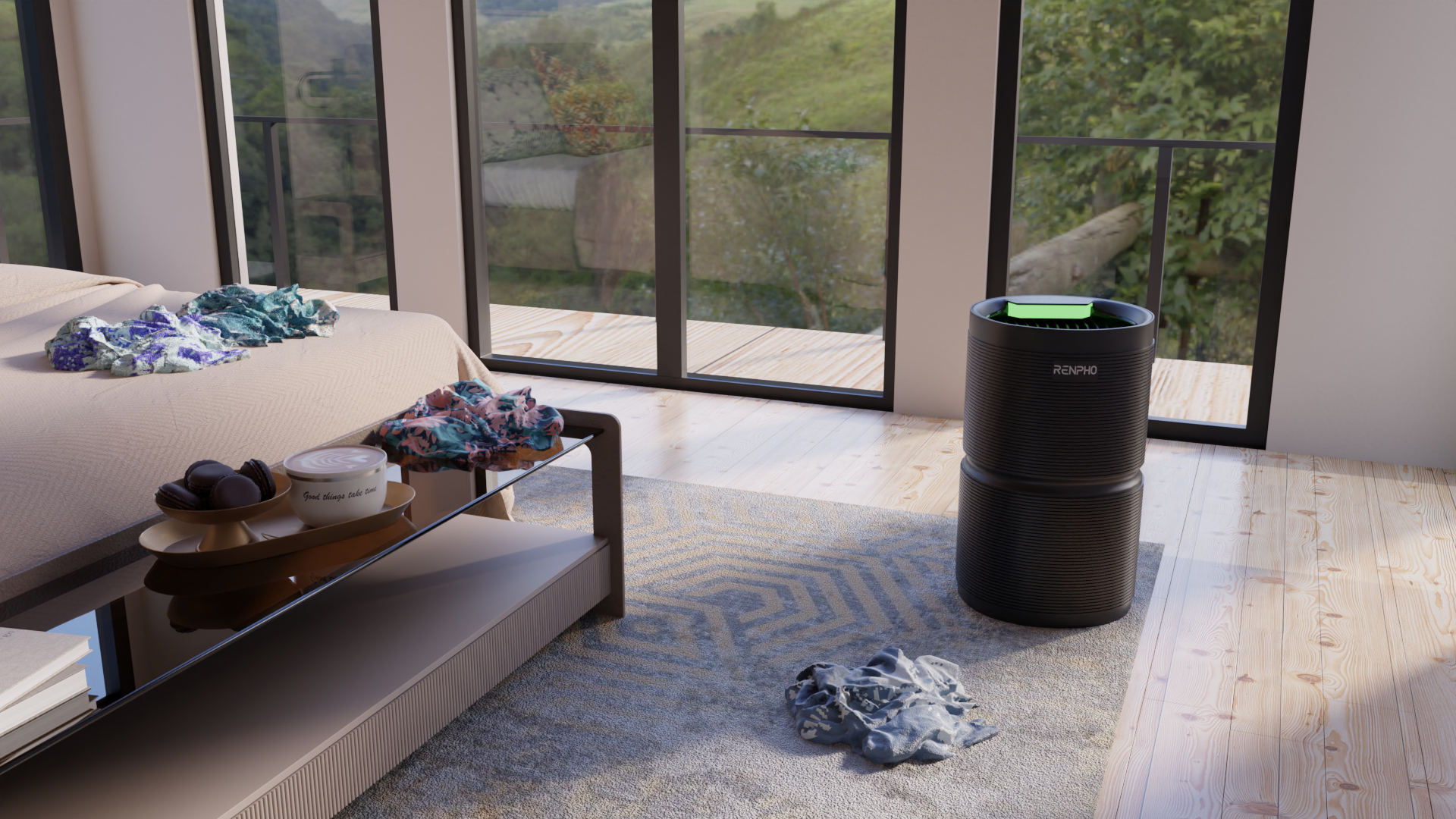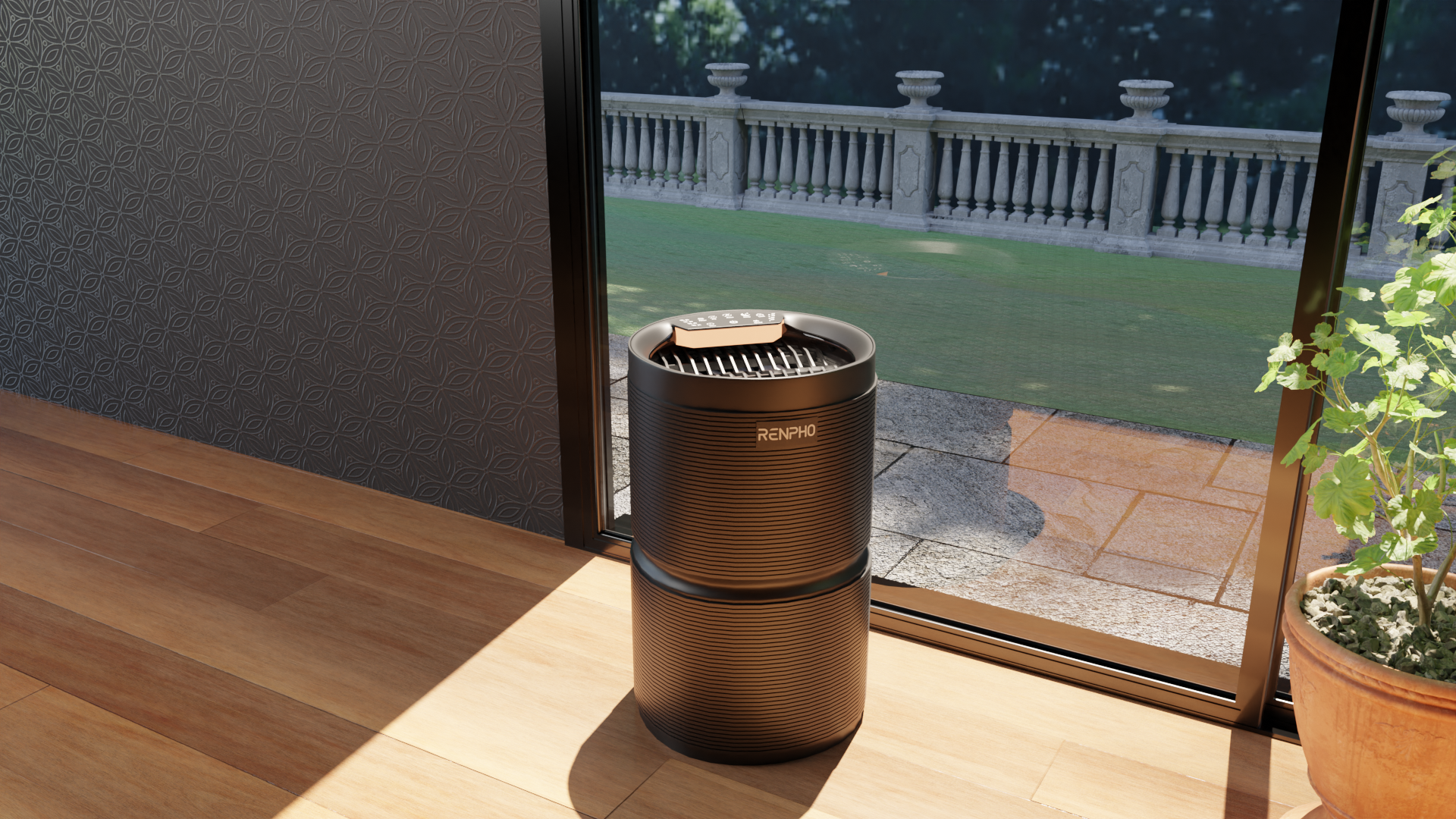Breathe Easy: Embracing Nature Amidst Seasonal Sniffles

Stay tuned to our latest news
For many of us, the arrival of spring or fall is not just marked by blooming flowers or changing leaves, but also by the familiar itch in the nose and the relentless sneezing fits that signal seasonal allergies. These allergies, while not life-threatening, can significantly dampen our spirits and our enjoyment of the great outdoors. However, it’s not all doom and gloom for those of us who love to bask in the sun or hike through the woods. With a proactive approach and some savvy strategies, it’s entirely possible to manage these pesky symptoms and still make the most of the beautiful days ahead. Whether you’re planning a picnic in the park or a day out on the lake, understanding and preparing for the allergy season can help you enjoy these moments to the fullest without the constant worry of an allergy flare-up.
In this article, we’ll delve into the nature of seasonal allergies, explore practical tips for minimizing their impact, and discuss how to maintain a high quality of life during peak pollen times. So, grab your allergy meds, your favorite hat, and let’s step out into the sunshine with confidence.
Understanding Seasonal Allergies

Springtime allergies can be a significant annoyance for many individuals, as the arrival of warmer weather often brings along an increase in pollen production. Seasonal allergies, also known as hay fever or allergic rhinitis, are a result of the body's overreaction to allergens, such as pollen, dust mites, or pet dander. Among these allergens, the onset of spring is particularly notorious for triggering allergic reactions due to the abundance of pollens in the air.
These springtime allergies often manifest through a range of common symptoms. Individuals suffering from seasonal allergies may experience persistent sneezing, a runny or stuffy nose, itchy or watery eyes, and an itchy throat or ears. Moreover, some individuals may also encounter fatigue, sinus pressure, or even headaches as a consequence of their allergic reactions.
It is crucial to note that the severity and specific symptoms of springtime allergies can vary from person to person. While some individuals may only experience mild discomfort, others may endure more severe reactions that interfere with their daily activities. The duration of these allergies can also differ, with some people experiencing symptoms for just a few weeks, while others may undergo seasonal allergies for several months.
To manage springtime allergies, various preventive measures and treatment options are available. Simple actions like keeping windows closed, avoiding outdoor activities during peak pollen hours, and using air purifiers at home can help reduce exposure to allergens. Over-the-counter antihistamines, nasal sprays, and eye drops are commonly used to alleviate symptoms. In more severe cases, a healthcare professional may prescribe stronger medications or suggest immunotherapy, also known as allergy shots, to desensitize the body to specific allergens.
What Causes Seasonal Allergies?

Springtime allergies, also known as seasonal allergies, affect millions of people each year. As the winter frost melts away, trees, grasses, and flowers spring to life, releasing tiny particles known as pollen into the air. These minuscule projectiles may seem harmless to most, but for those susceptible to allergies, they can trigger a range of unpleasant symptoms.
The primary cause of seasonal allergies is the immune system's reaction to pollen. When an individual with a pollen allergy inhales these tiny grains, their immune system mistakenly identifies them as harmful invaders. In response, the body releases chemicals, including histamine, to fight off the perceived threat. It is this immune response that leads to the characteristic symptoms of seasonal allergies.
Springtime allergies typically manifest as a runny or stuffy nose, sneezing, itching, and watery eyes. These symptoms can be mild or severe, depending on the individual's sensitivity to pollen and the pollen count in their specific environment. While pollen from various plants can trigger allergies, tree pollen is often the culprit during the spring months.
As trees start to bloom, they release copious amounts of pollen into the air, hoping to fertilize other plants. However, this pollen can travel for miles, carried by the wind. Therefore, even if you live in an urban environment with limited vegetation, you can still be exposed to high levels of pollen during the springtime.
In addition to tree pollen, grass and weed pollen can also cause seasonal allergies. As spring progresses into summer, grasses begin to pollinate, leading to a new set of allergy triggers. Unfortunately, this means that individuals who are sensitive to multiple types of pollen may experience prolonged allergy symptoms throughout the spring and summer months.
It is important to note that not everyone is affected by springtime allergies. Some individuals may have a genetic predisposition to allergies, while others may develop them over time due to repeated exposure to pollen. Additionally, certain factors can exacerbate allergy symptoms, such as pollution, cigarette smoke, and even certain foods.
While there is no cure for seasonal allergies, various treatments are available to manage the symptoms. Over-the-counter medications, such as antihistamines and nasal sprays, can provide relief for many allergy sufferers. In severe cases, allergists may recommend immunotherapy, a long-term treatment aimed at desensitizing the immune system to specific allergens.
How Do Airborne Allergens Trigger Allergic Reactions?

As the seasons change and springtime emerges, so do the dreaded allergies. Many individuals find themselves struggling with itchy eyes, runny noses, and constant sneezing during this season. These symptoms are usually associated with airborne allergens, which play a significant role in triggering allergic reactions.
Airborne allergens, commonly found during springtime, include pollen from trees, grasses, and flowers. These tiny particles are released into the air and easily inhaled by humans, leading to allergic reactions in susceptible individuals. The immune system of such individuals reacts to these allergens as if they were harmful invaders, initiating a series of defensive responses that cause the bothersome symptoms.
When someone with springtime allergies breathes in allergens like pollen, the body immediately recognizes them as foreign substances. The immune system identifies these harmless particles as threats and produces specific antibodies, known as immunoglobulin E (IgE), to combat them. These IgE antibodies attach themselves to specialized cells called mast cells.
Upon subsequent exposure to the same allergens, the IgE antibodies on the mast cells trigger the release of various chemicals, including histamine. Histamine is a key player in allergic reactions and is responsible for the typical symptoms experienced by allergy sufferers. These symptoms include itching, swelling, mucus production, and constriction of smooth muscles.
The release of histamine leads to a chain reaction in the body, causing blood vessels to dilate and become more permeable, which results in nasal congestion and a runny nose. Additionally, histamine prompts the mucous glands to produce excess mucus, leading to congestion and postnasal drip. It also triggers itchiness in the eyes, nose, and throat, and can even cause asthma symptoms in individuals with underlying respiratory conditions.
Moreover, certain specific environmental conditions, such as warm, dry, and windy weather during the springtime, can exacerbate the effects of airborne allergens. These conditions can cause allergens to be carried further in the air, increasing the likelihood of triggering allergic reactions in more individuals.
To minimize the impact of springtime allergies, individuals can take several measures. Firstly, staying indoors during high pollen count days and keeping windows closed can help reduce exposure to allergens. Additionally, frequently washing bedding and clothes can help minimize the accumulation of these particles.
Allergy medications, such as antihistamines and nasal decongestants, can provide relief from the symptoms associated with springtime allergies. Moreover, immunotherapy, commonly known as allergy shots, can help desensitize the body to specific allergens, reducing the severity of allergic reactions over time.
Tips for Managing Allergies Outdoors

Stepping outside doesn’t have to be a daunting prospect for those with seasonal allergies. With the right approach, you can enjoy the fresh air and sunshine without the burden of allergy symptoms. It’s all about timing, preparation, and knowing how to protect yourself against the invisible onslaught of pollen. Whether you’re an avid gardener, a weekend hiker, or simply someone who enjoys a stroll in the park, these tips will help you navigate the challenges of allergy season. By checking pollen counts, pre-medicating, dressing appropriately, choosing your environment wisely, and practicing diligent aftercare, you can create a shield against allergens. Let’s explore these strategies in detail to help you maintain your outdoor lifestyle, even when the pollen is at its peak.
Check Pollen Counts
Keeping an eye on local pollen forecasts can be your first line of defense. These counts can fluctuate, so aim for outdoor excursions when they’re lower, which is often during rainy, cloudy, or windless days. This can significantly reduce the amount of pollen that triggers your symptoms.
Pre-Medicate
If you know that pollen is going to be high, preemptively taking allergy medication can make all the difference. Whether it’s a prescription from your doctor or an over-the-counter remedy, starting your medication before exposure can help keep symptoms at bay.
Dress Appropriately
Your clothing can serve as a barrier between you and the allergens. Sunglasses can shield your eyes, while a hat can prevent pollen from settling in your hair. Opting for long sleeves and pants can also minimize the amount of pollen that comes into contact with your skin.
Choose Your Environment Wisely
Not all outdoor spaces have the same levels of pollen. Beaches, for instance, tend to have lower pollen counts due to the lack of trees and grasses. Similarly, urban areas with less greenery can be safer havens for allergy sufferers.
Aftercare
Once you’re back indoors, it’s crucial to remove any pollen that may have clung to you. A thorough shower and a change into fresh clothes can help ensure that you don’t bring the allergens inside your home.
Indoor Air Quality: Your Allergy Safe Haven
@anniefernn The perfect size for my room! Can do up to 960 ft and with pets its a must have 🥹 I hate the smell of food after I cook and with this it’s GONE! #renpho #airpurifier #cleanhome #aestheticappliances #easytouse #affordablehomefinds #cleantok #capcut ♬ som original - Vênus
Creating a clean indoor environment is crucial for allergy sufferers, especially during seasons when outdoor allergens are at their peak. By taking control of your indoor air quality, you can create a comfortable sanctuary that provides relief from the relentless assault of pollen and other allergens. Here’s how to enhance your indoor air quality and integrate the RENPHO Smart Air Purifier 089 into your allergy management plan:
- Invest in a Quality Air Purifier: The Smart Air Purifier 089 is a popular choice among those looking to improve their indoor air. It features a triple-stage filtration system, including a pre-filter, True HEPA filter, and an activated carbon filter, which work together to capture 99.97% of airborne particles as small as 0.3 microns. This includes common allergens like pollen, dust mites, and pet dander, as well as smoke and odors.
- Smart Features for Easy Use: This smart air purifier is designed with convenience in mind. It has a simple and quick installation process, and its compact size makes it suitable for any room. With four fan speed levels and little to no noticeable sound on the sleep setting, it ensures a restful night’s sleep without compromising air quality.
- Regular Filter Maintenance: To keep the air purifier functioning at its best, it’s important to replace the filters regularly. The smart air purifier has an indicator for filter replacement, taking the guesswork out of maintenance.
- Keep Windows Closed: On days when pollen counts are high, keep your windows closed to prevent allergens from entering your home. This, combined with the use of an air purifier, can significantly reduce your exposure to allergens.
- Clean Regularly: Regular cleaning can also help reduce allergen levels indoors. Vacuum carpets and upholstery frequently, and use a damp cloth to wipe down surfaces, preventing pollen from accumulating.
Partnering with Allergy Specialists for Comprehensive Care

When seasonal allergies move beyond the occasional sniffle and sneeze to become a disruptive force in your daily life, it may be time to seek the expertise of an allergy specialist. These professionals are not just doctors; they are detectives of the immune system, trained to identify the specific triggers that set off your allergic reactions and to develop a tailored strategy to combat them.
- Personalized Allergy Management: Allergists can conduct a variety of tests to pinpoint the exact allergens that affect you. Once identified, they can create a personalized allergy management plan, which may include avoidance strategies, medication adjustments, and lifestyle changes to better control your symptoms.
- Advanced Treatment Options: For those who struggle with severe allergies, allergists can offer advanced treatment options such as immunotherapy. This treatment, often referred to as allergy shots, involves exposing your body to gradually increasing doses of the allergen, which can train your immune system to become less sensitive over time.
- Long-Term Relief: The goal of immunotherapy is not just to provide temporary relief but to achieve long-term desensitization to allergens. This process can take several months to years, but many patients experience a significant reduction in their allergy symptoms, and some may even find lasting remission.
- Holistic Approach: Allergy specialists also consider the holistic impact of allergies on your life, including how they affect your sleep, work, and emotional well-being. They work with you to ensure that your treatment plan fits into your lifestyle and helps you maintain a high quality of life.
- Education and Empowerment: A key part of an allergist’s role is to educate you about your condition. By understanding your allergies, you become empowered to take control of your symptoms and make informed decisions about your health.
Renpho Health Tips
-

Awakening the 5 Senses: Enjoying the Aromas, Sounds, and Tastes of Spring
March 4, 2024
Read more >
-

Sniffing Out Solutions: Can Air Purifiers Deal with Odors?
October 22, 2023
Read more >
-

Hot or Not? Can Air Purifiers Really Cool Your Space?
January 18, 2024
Read more >
-

No Fresh Air? 5 Common Reasons Why Your Air Purifier Is Not Working Properly
January 19, 2024
Read more >
-

Breathe Your Way to Well-Being: The Science and Practice of Breathing Techniques
January 10, 2024
Read more >




